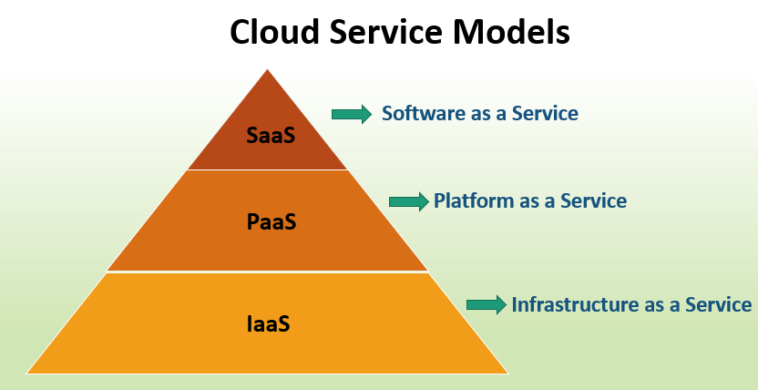What are the three Main Cloud Computing Service Models
In the ever-evolving landscape of technology, cloud computing has emerged as a transformative force, revolutionizing the way businesses manage and utilize computing resources. One of the fundamental aspects of cloud computing is its service models, which define how resources are delivered and consumed. In this article, we will delve into the three main cloud computing service models: Infrastructure as a Service (IaaS), Platform as a Service (PaaS), and Software as a Service (SaaS).
What are the three Main Cloud Computing Service Models
1. Infrastructure as a Service (IaaS):
Infrastructure as a Service (IaaS) is the foundational layer of cloud computing, providing virtualized computing resources over the internet. In an IaaS model, users have access to virtual machines, storage, and networking components on a pay-as-you-go basis. Key characteristics of IaaS include:
- Virtualization: IaaS relies on virtualization technology to abstract physical hardware and create virtual instances of servers, storage, and networking components. This enables efficient resource utilization and flexibility.
- Scalability: Users can scale their infrastructure up or down based on demand. This flexibility allows businesses to adapt quickly to changing workloads without the need for significant upfront investments in physical hardware.
- Self-Service: IaaS platforms often provide self-service interfaces, allowing users to provision, manage, and monitor their virtualized resources independently. This empowers users to have more control over their infrastructure.
- Examples: Popular IaaS providers include Amazon Web Services (AWS), Microsoft Azure, and Google Cloud Platform (GCP).
2. Platform as a Service (PaaS):
Platform as a Service (PaaS) is the next layer of cloud computing, building on top of IaaS and providing a more abstracted environment for developers. PaaS simplifies the application development and deployment process by offering pre-configured development frameworks and runtime environments. Key characteristics of PaaS include:
- Development Tools: PaaS platforms provide a comprehensive set of development tools, libraries, and middleware. This allows developers to focus on writing code and building applications without worrying about underlying infrastructure complexities.
- Automated Deployment: PaaS streamlines the deployment process by automating tasks such as scaling, load balancing, and application lifecycle management. This accelerates the time-to-market for applications.
- Managed Services: PaaS providers offer managed services like databases, messaging queues, and application hosting. This reduces the operational burden on development teams, allowing them to concentrate on building innovative solutions.
- Examples: Heroku, Microsoft Azure App Service, and Google App Engine are examples of popular PaaS offerings.
3. Software as a Service (SaaS):
Software as a Service (SaaS) is the top layer of the cloud computing service model, delivering fully functional software applications over the internet. In a SaaS model, users access applications through a web browser without the need for installation or maintenance. Key characteristics of SaaS include:
- Ready-to-Use Applications: SaaS provides ready-to-use software applications that are centrally hosted and maintained by the service provider. Users can access these applications on a subscription basis.
- Accessibility: SaaS applications are accessible from any device with an internet connection and a web browser. This accessibility promotes collaboration and allows users to work from anywhere.
- Automatic Updates: Service providers handle software updates, patches, and maintenance tasks, ensuring that users always have access to the latest features and security enhancements.
- Scalability: SaaS offerings typically support multi-tenancy, allowing multiple users or organizations to share the same application while maintaining data isolation and security.
- Examples: Common examples of SaaS include Salesforce, Google Workspace, and Microsoft Office 365.
Conclusion:
Understanding the three main cloud computing service models—Infrastructure as a Service (IaaS), Platform as a Service (PaaS), and Software as a Service (SaaS)—is essential for organizations looking to harness the benefits of cloud technology. Each service model caters to different needs, providing varying levels of control and abstraction. As businesses continue to embrace the cloud, selecting the appropriate service model becomes a critical decision that aligns with their goals, requirements, and strategic objectives in the digital era.




Comments
0 comments